
The following article by David Strange was originally published on 5 Jun 2016.
Somewhere in the Hessey Cemetery in Mt. Washington, lies the body of Major John Jacob Peacock, along with other veterans and civilians whose memorial stones no longer stand in their honor. The little cemetery, tightly located in a subdivision on the corner of Branham Way and Highway 44, is well-kept by the city. But memory fades of those who rest there, because of the loss of markers over recent years.
One such veteran was…is…Major Peacock. Bobby Darnell and Paula Smith recently rediscovered his stone for me and seems to have set his record straight. Originally thought to have been a Captain, his tombstone indicates otherwise. The tombstone, which had been lying face-down in the ground, reads, "IN Memory of Mjr. Jacob Peacock, Born Dec. 8 1769: in Burlington County, N.J., emigrated to Ky. in May 1789: Died Nov. 13, 1845: in Mt. Washington, Bullitt County Ky. A tribute of respect by his only son J.D.S. Peacock."
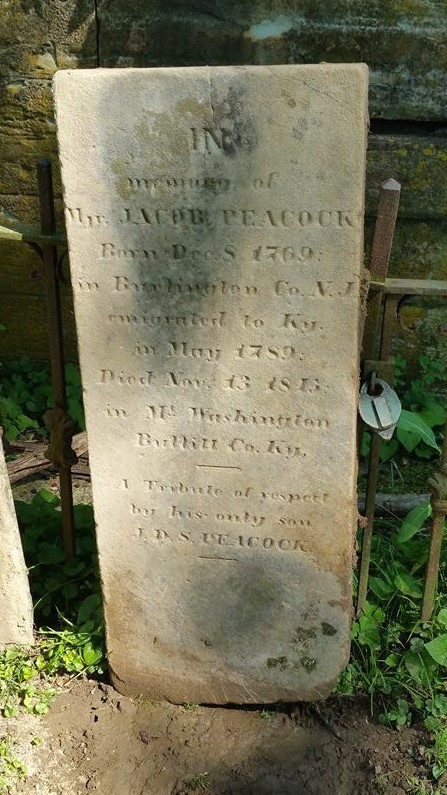
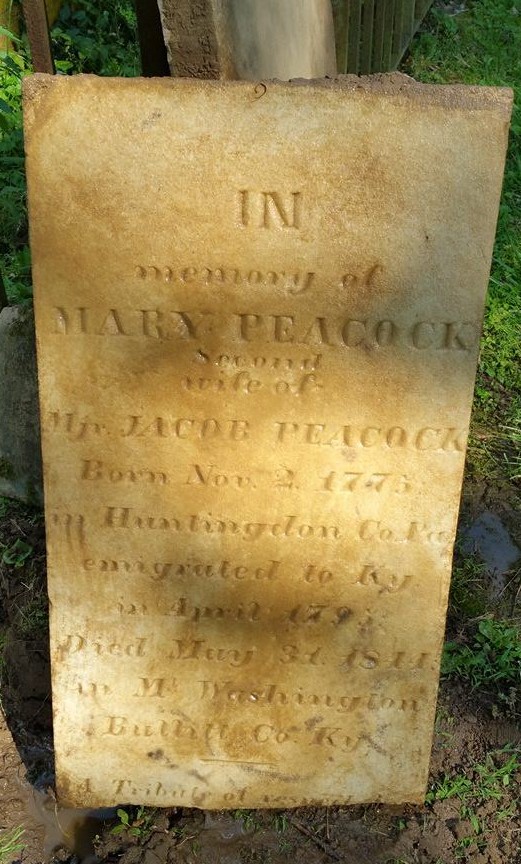
Now think about that for a minute. When Jacob came to Kentucky in 1789, he was a young man of only 20 years old. Of his parents, Adonijah Peacock & Elizabeth Springer, the father died in 1777, when Jacob was a boy, while making gunpowder for George Washington's army. The Bullitt County area was a deep wilderness when Jacob came. The first small settlements, at Bullitt's Lick and Brashear's Station and even the tiny settlement of Louisville, had existed for barely ten years. Pioneer life in Kentucky at that time was very much a daily occupation of survival. Bears, wolves, sickness, and Indian attacks were common; other pioneers could be nearly as bad. Unlike today, Kentucky was not paradise; it was a dangerous "dark and bloody ground."
What were you and I doing at 20? What were our children doing? Nothing nearly that courageous, I wager, at least for my part.
When Jacob came to Kentucky, he bought 150 acres of land from Nicholas Brashear, located near what is today called Watergate Drive. That land stretched down to the Salt River. Travelers of the river might know there is a bit of land in the river there known as Peacock Island. Now you know that it is not named after birds.
A Peacock family cemetery was soon needed and established on the farm. First wife, Elizabeth White, died in 1803 at only 28 years old. They had two daughters, Elizabeth and Mary. Other family members are buried there as well and that cemetery still exists near Watergate and Dusty Lane. Jacob remarried in 1804 to Mary Dean, and they had one son, Jonathan Dean Springer Peacock.
As was required of all able-bodied men at the time, Jacob joined the local militia. Excelling in that work, he was raised to the rank of Captain in the 7th Company of Gray's Regiment, Kentucky Detached Militia, when the War of 1812 erupted. Jacob participated in a movement of troops heading down to fight in the Battle of New Orleans, but there was trouble before they got there. Among those who died while floating down the Ohio and Mississippi Rivers were John Harmon, Andrew Trewman, Clem Hardesty, John Figg, Henry Brown, Francis Nation, P.M. Harris, George Sanders, and others. All were buried along the river banks where they died. The resulting delay caused the remaining soldiers to arrive too late for the famous battle at New Orleans. Some details of that experience are on file at the Bullitt County History Museum.
After the war, in 1835, Jacob and Mary bought several lots in the new town of Mt. Washington including much of the town past East Street. The Lloyd House Museum now occupies the lot where the Peacocks' last home was located before it burned down. One of Jacob's children lived across the street from there.
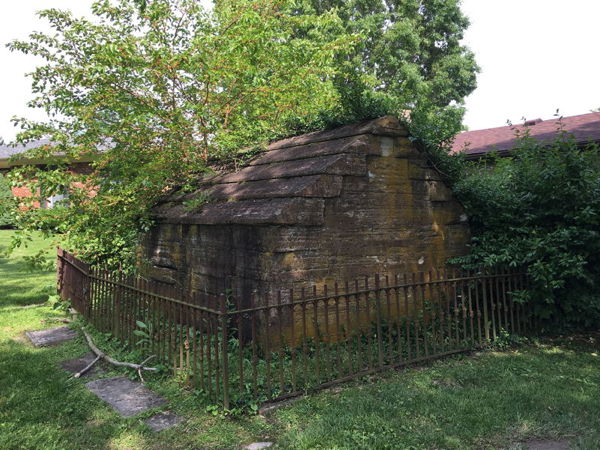
Along the way, Jacob was elected as a Magistrate. Apparently he was also elected County Sheriff in 1837-38 and again in 1840. But there were a couple of Jacob Peacocks in the county at the time, so the record is unclear.
Mary died in 1844. Jacob died on November 13, 1845 at 80 years old. In that time, he had participated in the changing of the lonely and dangerous wilderness of Kaintuck, part of Virginia and home to Native Americans, to a much-traveled, populated state.
For reasons unknown to me at this time, Jacob and Mary were not buried in the family cemetery, but rather in the Hessey Cemetery. Perhaps it was to be with fellow War of 1812 veteran Colonel Edward Hessey, whose time-worn but significant house-shaped tomb still dominates the cemetery.
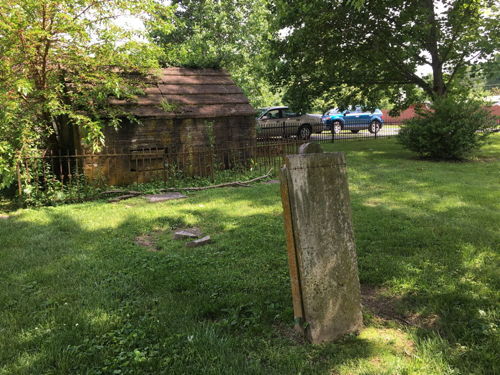
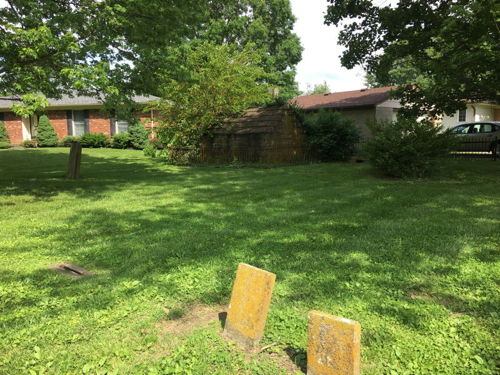
In 2007, there was hope that several loose tombstones, including the Peacock's then stacked at the cemetery, would be repaired and reestablished, but that never happened. Somewhere along the way, it seems the stones were laid flat on the ground, and grass soon overtook them, at least protecting them from further harm. Hopefully one day those monuments of memory will again stand in the honor in which they deserve.
Copyright 2016 by David Strange, Shepherdsville KY. All rights are reserved. No part of the content of this page may be included in any format in any place without the written permission of the copyright holder.
The Bullitt County History Museum, a service of the Bullitt County Genealogical Society, is located in the county courthouse at 300 South Buckman Street (Highway 61) in Shepherdsville, Kentucky. The museum, along with its research room, is open 10 a.m. to 4 p.m. Monday through Friday. Saturday appointments are available by calling 502-921-0161 during our regular weekday hours. Admission is free. The museum, as part of the Bullitt County Genealogical Society, is a 501(c)3 tax exempt organization and is classified as a 509(a)2 public charity. Contributions and bequests are deductible under section 2055, 2106, or 2522 of the Internal Revenue Code. Page last modified: 12 Sep 2024 . Page URL: bullittcountyhistory.org/memories/peacock2.html